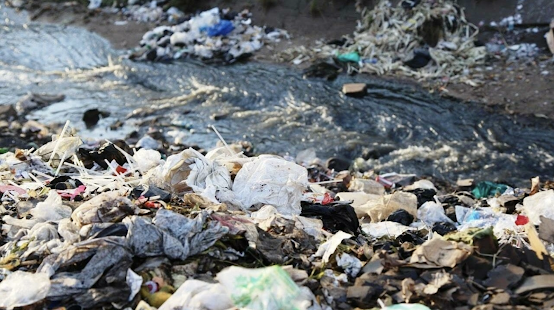In my last post, I suggested that we should investigate in how human waste goes into the water. Today, instead of talking about the Africa as a whole, we are only focusing on one city -- Kampala.
Kampala City
Kampala is the capital city of Uganda. It locates around the Equator, has a warm tropical climate and characterises one dry and one wet season annually. As one of the fastest-growing cities in Africa, the population in Kampala metro area hits 3,470,000 in 2021. In 2016, UNICEF reported that 70% of the population lived in slums with the total population estimated at 1.6 million in Kampala. Since the urban population has almost doubled, it is deductively assumed that the slum population nowadays should be more than 3 million. To understand the human waste problem in the urban poor areas, I reviewed five research conducted by African scholars. The pieces of literature are published in the 2010s. They tell some stories mainly about the pit latrines and other sanitation practices used by the slum dwellers. Several common factors categorised below show how human waste contaminated water in the communities.
Hard to Clean
Pit latrines are hard to clean in the areas because too many people were using them. In
Tumwebaze et al (2013)'s research about the number of people having access to the sanitation facilities, they found that the actual sharing number per pit latrines should be greater than 12 people. With a large sharing number of the pit latrines, a common consequence was that the pit latrines were overloaded. Human excreta accumulated at these sites. In a longer period of time, the pathogens in the excreta can go into the groundwater system through infiltration. The structure of the traditional pit latrines also became one of the obstacles for people to empty the pit in a mannerly time. In another research delivered by Nakagiri and his team, it is reported that
only 5% of the pit latrines has manholes for emptying amongst the 130 sampled pit latrines across the city. When the pit latrines were overloaded, they deterred people from using them due to the lack of cleanness and the smell. About half of the population sampled in
Kwiringira et al (2014)'s research said that the pit latrines were not clean enough for use. Additionally, the cleaning process of pit latrines generated grey water.
82% of the people would just discharge the grey water into open drainages as it is easier to do.
Wet Season
The climate in Kampala worsened the pit latrines conditions. It rains heavily during the wet seasons in Kampala. This made pit latrines cleaning difficult as well.
Kiwringira and his fellow researchers discovered an association between the wet season and flooding pits. They reported that the stagnant water in the pit latrines produce a repugnant smell that deter human usages. The water may also spill. Mixed with mud and human excreta, the runoff water flew into surface water, contaminating the surrounding area. In some severe cases,
the wet seasons led to the collapse of the pit latrines. This prohibited people's access to the pit latrines and left the human excreta in an open and exposed environment. It should be noted that as global warming attenuates, it is expected that fewer but heavier rainfall would occur more frequently in the region. Thus, the collapse of the pit latrines may be more common if preventive actions are not in schedule.
Kampala's Overflowing Toilets
*****
To read the rest of the factors, please click the
link to jump to Part II.





Comments
Post a Comment